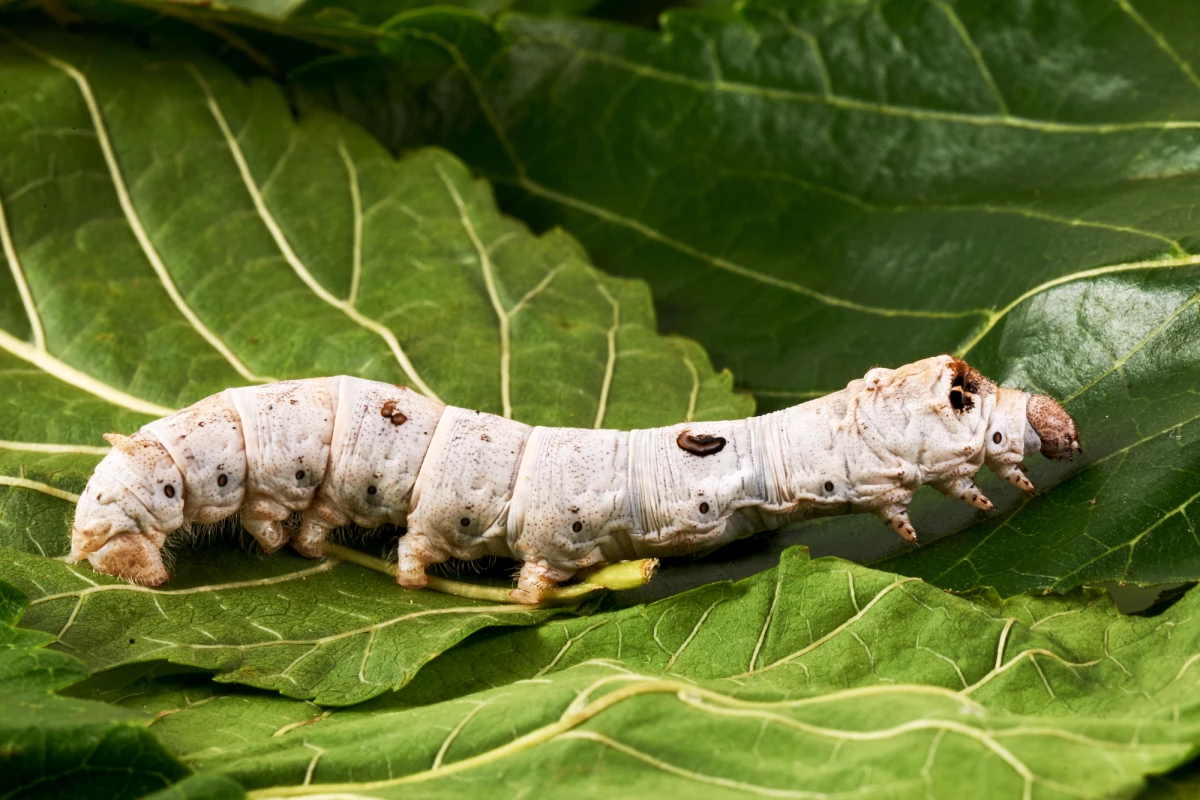As one of the strongest materials known to science, spider silk regularly finds itself at the center of exciting engineering breakthroughs, and a new study involving a quick chemical bath could take this research into new terrain. Scientists have developed a novel treatment method for silkworm silk that alters its make up to boost its performance, with the finished product offering 70% greater strength than indomitable spider silk.
Scientists have been working to replicate the incredible properties of spider silk in some interesting ways. Farming spiders to produce the material in great quantities is one possibility, but their territorial nature doesn’t lend itself so well to these environments.
We’ve seen researchers make inroads by engineering bacteria to produce their own version of silk, and create synthetic versions of it with many of the same properties as spider silk. Some inventive advances have even involved feeding spiders graphene to make their silk stronger, or adding nanocrystals to make synthetic versions stronger and tougher than the real deal.
The silk that silkworms produce to build their cocoons is another point of interest in these research circles. Silkworm farming generates almost all commercially used silk around the world, but its lower durability than spider silk sees its use mostly limited to fashion and textiles. We’ve seen scientists address this by devising chemical treatments designed to make silkworm silk stiffer, and now a team from China’s Tianjin University has come up with a promising recipe of its own.
Natural silkworm silk served as the team’s starting point. The process involved boiling the silk in a bath of chemicals that dissolves a glue layer that coats the core fibers of the silk, but minimizes damage to the silk proteins. The silk was then solidified in a bath of metals and sugars that enhance it further.
"Since silkworm silk is very structurally similar to eggcase spider silk, which has previously been demonstrated to do well in a mix of zinc and iron baths, we thought to test this alternative method to avoid hazardous conditions used elsewhere," said senior author Zhi Lin, a biochemist at Tianjin University. "Sucrose, a form of sugar, may increase the density and viscosity of the coagulation bath, which consequently affects the formation of the fibers."
The team’s material was then manually spun and drawn, forming thin silks akin to those of a spider, but “considerably stiffer” than any known natural silks. The team found it also had a significantly higher tensile strength than natural spider dragline silk, at 2 Gigapascal (GPa). This also places it well ahead of a promising 1-GPa synthetic silk we looked at last year.
"Our finding reverses the previous perception that silkworm silk cannot compete with spider silks on mechanical performance," said Lin.
The research was published in the journal Matter.
Source: Cell Press via ScienceDaily




